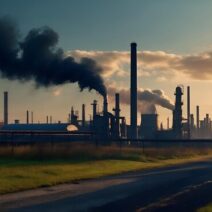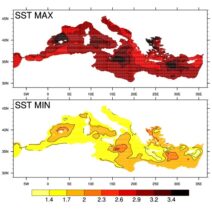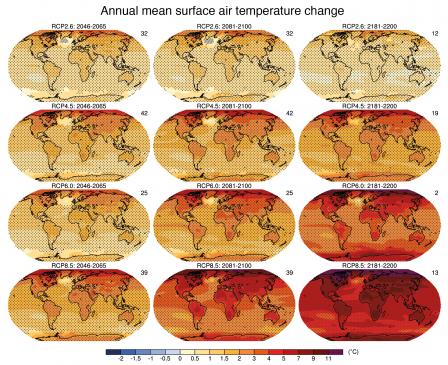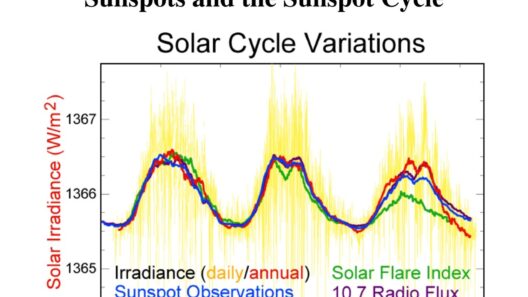How do we know humans are behind climate change? The proof is clear. This question may evoke playful skepticism, prompting some to wonder if this is merely a product of alarmist rhetoric. Yet, the scientific consensus is resounding, buttressed by a plethora of unequivocal evidence. Climate change is not just a transient phenomenon; it is a transformative epoch inexorably linked to anthropogenic activities.
At the crux of this argument lies the greenhouse effect—an irrefutable scientific principle that elucidates how certain gases trap heat in the earth’s atmosphere. These gases, including carbon dioxide (CO2), methane (CH4), and nitrous oxide (N2O), are emitted during various human activities such as burning fossil fuels, deforestation, and industrial processes. The escalation of these emissions over the past century correlates closely with the industrial revolution, a period characterized by unprecedented fossil fuel consumption.
Let’s delve into the mechanics of the greenhouse effect. Initially, solar radiation permeates the atmosphere, warming the Earth’s surface. Subsequently, the planet emits energy back into space, principally as infrared radiation. However, greenhouse gases absorb and re-radiate this energy, maintaining a temperature conducive to life. The escalation of these gases, particularly since the mid-20th century, has intensified this natural process, leading to a discernible warming trend. It is a prime example of how human actions can tip the delicate balance that sustains our climate.
The empirical evidence supporting human-induced climate change is overwhelming. Ice core samples, for instance, serve as a window into our planet’s climatic past. These samples reveal atmospheric compositions over millennia, showcasing a stark increase in CO2 concentrations post-industrialization. The current levels, hovering around 400 parts per million, are unprecedented in at least 800,000 years. If we consider that natural fluctuations in CO2 levels typically oscillate within a range far below contemporary figures, it becomes clear that natural processes alone cannot account for this dramatic rise.
Additionally, climate models—sophisticated tools used by scientists to project future climate scenarios—demonstrate the stark contrast between predictions grounded in natural climate variability and those incorporating human influences. The latter frequently produce results that align closely with observed temperature increases, underscoring the pivotal role of human-generated emissions. Thus, it is not merely a matter of correlation; these predictive models substantiate causation.
Furthermore, the attribution studies conducted by climate scientists provide compelling insights into the fingerprints of human activity on climate trends. These studies analyze how much of the observed warming can be ascribed to anthropogenic effects, often concluding that over 90% of the temperature increase since the mid-20th century is due to human influences. The rigorous statistical methods employed in these studies bolster their credibility, allowing for more nuanced interpretations of climate data.
Consider, too, the observations of widespread and accelerating phenomena that can be directly linked to climate change. The melting of polar ice caps and glaciers is a stark testament to rising global temperatures. Satellite images reveal drastic reductions in ice cover, which not only contribute to rising sea levels but also exacerbate a myriad of climatic shifts. The loss of reflective ice surfaces subsequently leads to greater solar absorption by the oceans, prompting further warming—a classic example of a positive feedback loop.
Moreover, the increase in the frequency and intensity of extreme weather events is further evidence of our changing climate. Heartfelt stories of communities ravaged by hurricanes, floods, and wildfires serve as poignant reminders of the stakes involved. Enhanced by climate change, these events culminate in devastating socio-economic consequences, raising questions about our preparedness for future challenges. Each passing year, records are shattered: hotter summers, harsher winters, and unpredictable rainfall patterns compound the difficulty of effective resource management.
Unquestionably, the role of deforestation in climate change cannot be overlooked. The planet’s lush forests act as crucial carbon sinks, absorbing CO2 and mitigating the greenhouse effect. When these ecosystems fall victim to logging, agriculture, or urban expansion, not only is the carbon stored in trees released back into the atmosphere, but the capacity for future carbon absorption diminishes. This dual impact amplifies the urgency of addressing land-use practices, advocating for more sustainable methodologies that respect both nature and the necessity for development.
What does all of this signify for the future? The implications are both profound and alarming. Without decisive action, global temperatures are forecasted to rise by as much as 4 degrees Celsius by the century’s end, a scenario fraught with perilous repercussions for both the environment and humanity. However, it is not too late to alter this trajectory. Adopting renewable energy sources, enhancing energy efficiency, and implementing sustainable practices can unravel this tapestry of climate despair.
In conclusion, the evidence confirming that human activities are behind climate change is robust and undeniable. The intertwined narratives of greenhouse gas emissions, polar ice melting, deforestation, and extreme weather events create a cohesive picture of anthropogenic influences on our planet’s climatic systems. As active stewards of the Earth, acknowledging this reality is paramount. The quest for solutions begins with an informed citizenry, committed to safeguarding the planet for future generations—a collective response to the challenge we face. Humanity stands at a crossroads; the need for action has never been more pressing.




